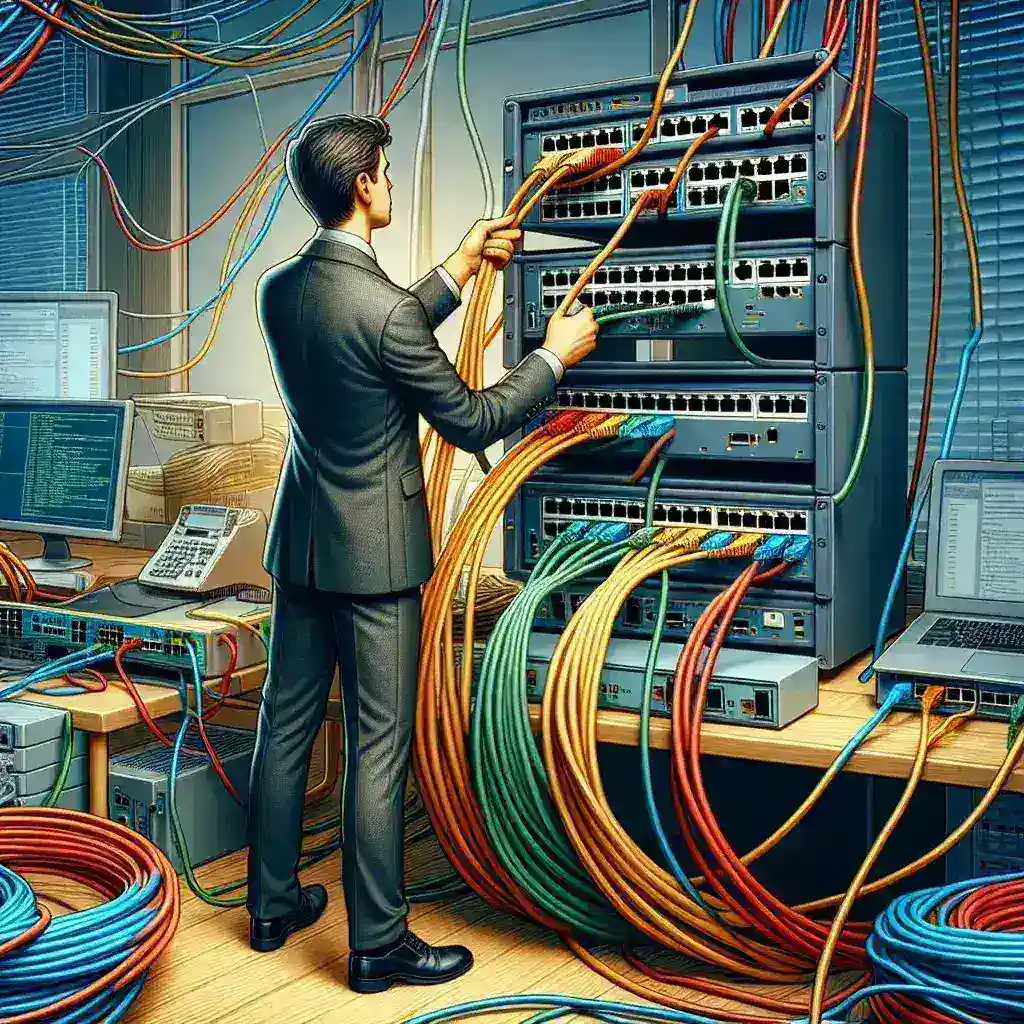Understanding Ethernet Splitters
Ethernet splitters are simple devices used to split a single Ethernet connection into two separate connections. This can be useful in scenarios where running multiple cables is impractical or adding extra Ethernet ports to a network device. Before diving into the installation process, it’s crucial to have a good understanding of what Ethernet splitters are and how they work.
Benefits of Ethernet Splitters
- Cost-effective solution for extending network ports.
- Easy to install and use without any technical expertise.
- Helps in efficient use of existing cabling infrastructure.
While Ethernet splitters are helpful, it is essential to note that they won’t increase the bandwidth of your connection; they merely split the existing connection.
Tools and Materials Needed
Before starting the installation, gather the required tools and materials:
- Ethernet Splitter (RJ45)
- Ethernet Cable (Cat 5e, Cat 6, or Cat 7)
- Network Devices (Router, Switch, and Computer)
- Optional: Cable Tester (to ensure wired connections are correct)
Step-by-Step Guide to Install an Ethernet Splitter
Step 1: Identify Network Configuration
Determine where you want to place the Ethernet splitter in your network configuration. Generally, one splitter is connected to the router, and the other is connected to the destination devices.
Step 2: Connect Splitter to Router
Take one Ethernet splitter and connect it to one of the available Ethernet ports on your router. Ensure the connection is secure, and the splitter is properly connected.
Example Configuration:
| Device | Port | Action |
|---|---|---|
| Router | LAN Port | Connect Splitter |
| Splitter A | Input | Connect to Router |
| Splitter B | Output | Connect to Devices |
Step 3: Prepare Ethernet Cables
Use Ethernet cables to connect the splitter to your devices. Ensure that you have enough length and quality cables to avoid any signal interference or data loss.
Step 4: Connect Splitter B to Destination Devices
Place the second splitter (Splitter B) at the location where you want to connect the destination devices. Connect the Ethernet cables from Splitter B to each device’s Ethernet port.
Step 5: Test the Connectivity
Once all connections are made, test the network connectivity. Ensure that the devices connected to Splitter B can access the network and the internet. Use a cable tester if available to check the cable connections.
Troubleshooting Tips
Check Cable Quality
Ensure that you are using high-quality Ethernet cables compatible with your network speed requirements.
Verify Connections
Double-check all connections to ensure that they are secure and plugged into the correct ports.
Use a Network Analyzer
If connectivity issues persist, consider using a network analyzer to troubleshoot network problems and identify potential bottlenecks.
Conclusion
Installing an Ethernet splitter in your network is a straightforward process that can expand your network capabilities and efficiently use your existing infrastructure. By following the step-by-step guide, you can easily set up an Ethernet splitter and enjoy improved network connectivity. Remember to test the connectivity after installation and troubleshoot any issues that arise to ensure a seamless network experience.

